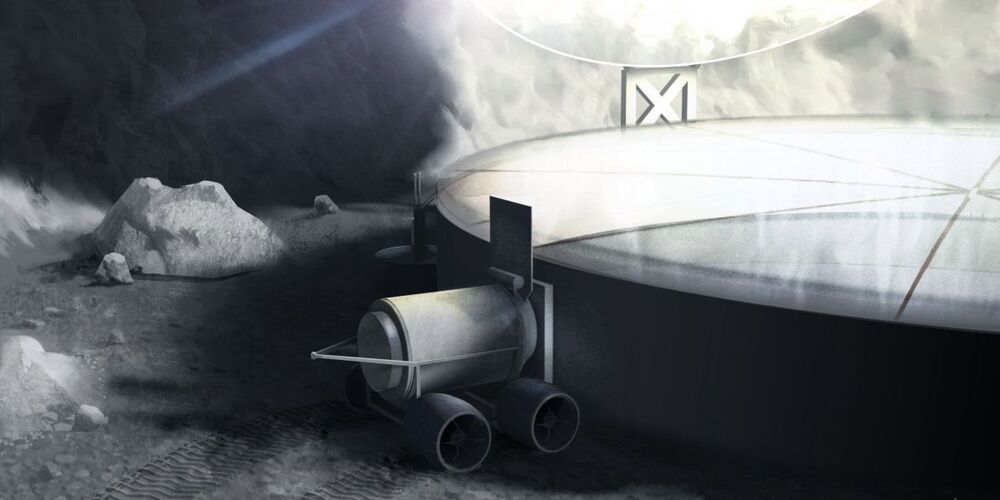The research team, led by Todd Lencz, PhD, with Itsik Pe’er, PhD, Tom Maniatis, PhD, and Erin Flaherty, PhD, of Columbia University, carried out a genetic study identifying a single letter change in the DNA code in the PCDHA3 gene that is associated with schizophrenia. The affected gene makes a type of protein called a protocadherin, which generates a cell surface “barcode” required for neurons to recognize, and communicate with, other neurons. They found that the PCDHA3 variant blocks this normal protocadherin function.
The discovery was made possible by the special genetic characteristics of the samples studied by Lencz’s team—patients with schizophrenia and healthy volunteers drawn from the Ashkenazi Jewish population. The Ashkenazi Jewish population represents an important population for study based on its unique history. Just a few hundred individuals who migrated to Eastern Europe less than 1000 years ago are the ancestors of nearly 10 million Ashkenazi Jews today. This lineage, combined with a tradition of marriage within the community, has resulted in a more uniform genetic background in which to identify disease-related variants.
“In addition to our primary findings regarding PCDHA3 and related genes, we were able— due to the unique characteristics of the Ashkenazi population—to replicate several prior findings in schizophrenia despite relatively small sample sizes,” said Lencz, professor in the Institute of Behavioral Science at the Feinstein Institutes. “In our study, we demonstrated this population represents a smart, cost-effective strategy for identifying disease-related genes. Our findings allow us to zero in on a novel aspect of brain development and function in our quest to develop new treatments for schizophrenia.”








